TRAVEL QUIZ • July 2020
Travel quiz: do you know your aviation lingo?
From pilots to engineers, the world of flying speaks in its own (often cryptic) language. Aviation editor Phil Heard puts your knowledge of insider terminology to the test with his multi-choice quiz.
Know your stuff? Then email your guesses to theclub@cedarcom.co.uk and you’ll be automatically entered into a prize draw to win one of three sets of the Ways of Travelling inspirational travel cards, courtesy of Laurence King Publishing. The winners will be selected at random. Prize draw closes on 23:59 GMT on 15 August 2020. For full terms and conditions, click here

TOGA
1. An acronym for Take Out/Go Away: the current safety protocols for crew buying coffee at the airport during social distancing.
2. Captains wear the off-duty (but on call) toga on layover trips overseas so fellow crew can easily identify them by the pool.
3. A procedure on the flight deck that enable pilots to ‘go-around’ rather than land for safety reasons. When activated, ‘take-off/go around’ settings increase engine rate to take-off thrust and pitch the aircraft into a climb.
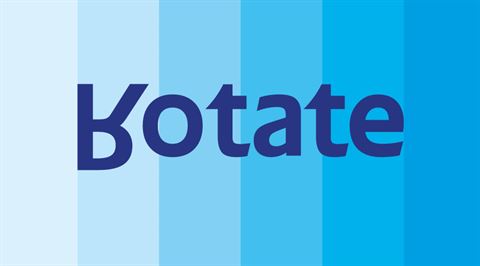
Rotate
1. Refers to the moves pilots makes between aircraft during their careers – “I’m rotating from the Boeing 777 to the Airbus A350 fleet.”
2. The command a pilot issues to the pilot flying when necessary speed has been achieved on the take-off roll to pull back on the controls to take off.
3. The confirmation from ground staff to the cockpit during pushback that the engines are turning as they are started while the aircraft leaves the stand.

Stacks
1. Fittings for the soles of shoes of pilots who are not quite tall enough to reach and use the rudder pedals safely on the flight deck.
2. Areas of airspace around an airport where aircraft circle at 1,000-feet vertical intervals from each other as they wait for permission to make their final approach for landing.
3. Refers to smoke ‘stacks’, the high-pressure exhaust outputs on jet engines that help to generate thrust.
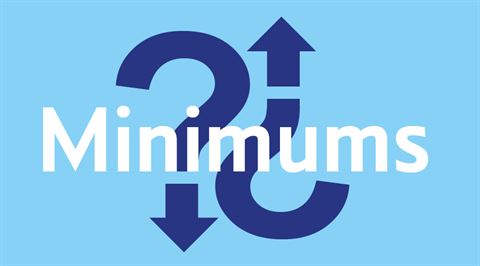
Minimums
1. The amount of time flown and the requisite number of landings and take-offs before a pilot is eligible to fly for British Airways.
2. This is the decision height called out, usually by the on-board computer, when the pilot makes a visual check and decides whether to go ahead with or abort a landing.
3. The name given to cabin crew who go above and beyond looking after younger passengers on a flight, and who step in when actual mums need a break.
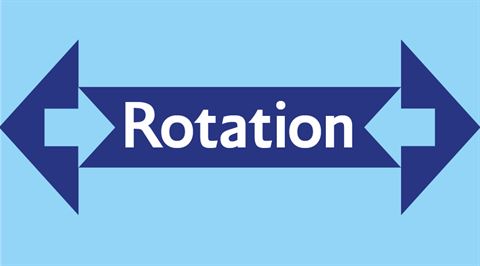
Rotation
1. A journey that an aircraft makes from its home base and back. A rotation of flights to Heathrow to Paris and back is made up of two ‘sectors’ – the outbound and inbound flights.
2. When flight and cabin crew swap over after a flight has landed at a destination airport. The crew leave the aircraft to be replaced by crew who will fly the aircraft home.
3. A service term for the journey cabin crew make between the galley and a passenger’s seat to take their order and return to serve the beverage before heading back to the galley.

Zulu time
1. The standard time that airlines operate to across the world so you don’t have to factor in time differences in local markets.
2. That lazy, mid-afternoon period on Boxing Day when thoughts turn to a classic Michael Caine movie on the telly.
3. The amount of time that can be made up on a flight due to, for example, favourable winds, that can lead to early arrivals.

Jedi
1. An exclusive club of British Airways pilots who have flown every type of aircraft in the current fleet.
2. A dedicated space at Heathrow in the winter where aircraft are de-iced so that they are safe to take off in very cold weather to reduce delays.
3. The behind-the-scenes operations team who plan where every aircraft is and needs to be to keep the flying programme running 24/7.
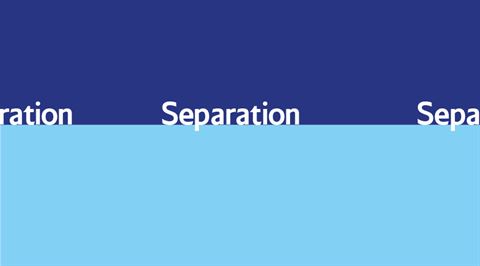
Separation
1. What causes heartfelt pangs when pilots and cabin crew leave their loved ones to go on a long-haul trip of a few days.
2. The safe horizontal interval between aircraft that is overseen by air traffic control, and which varies by the size of aircraft and the wake turbulence they produce.
3. The confirmation from cabin crew to the flight deck that the jetway has been successfully retracted and is parked safely away from the aircraft door.

Alternates
1. A list of reserve cabin or flight crew who can make up the numbers at short notice for a flight in the event of sickness.
2. The list of airports en route that can be used if there is a health emergency on board or if the destination airport is unavailable because of bad weather.
3. The way flight crew divide up the flight into flying, monitoring and rest periods.

Flow rate
1. The amount of fuel that is moving between the fuel tanks and engines in flight. Pilots monitor this to ensure the perfect balance between economy and punctuality.
2. The amount of aircraft that are allowed to land at an airport over a period of time. Decided by air traffic control, the flow rate will decrease during fog or bad weather.
3. A measure of the volume of pre-dinner drinks consumed before the main meal service on a long-haul flight.
This article has been tagged BA, Technology
More from previous issues
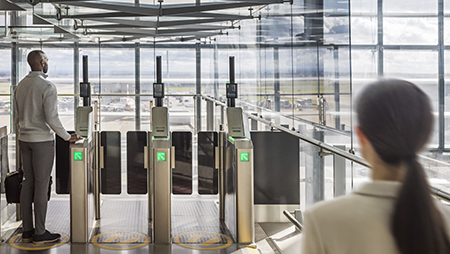
British Airways: welcoming you back on board
Our aviation guru explains the airline's new protective measures both on the ground and in the air

Travel quiz: Do you know your national flowers?
From iris to chamomile, test your knowledge on beautiful blooms from around the world – you could win something lovely for your effort

Five of the best British hotels with cottages
Want the trappings of a fine hotel, but a bit of privacy too? Here are the hotel cottages we're longing for

Travel state of mind: where should I go next?
Feeling overwhelmed about deciding where to go post-lockdown? Luckily our travel writer is on hand to help
